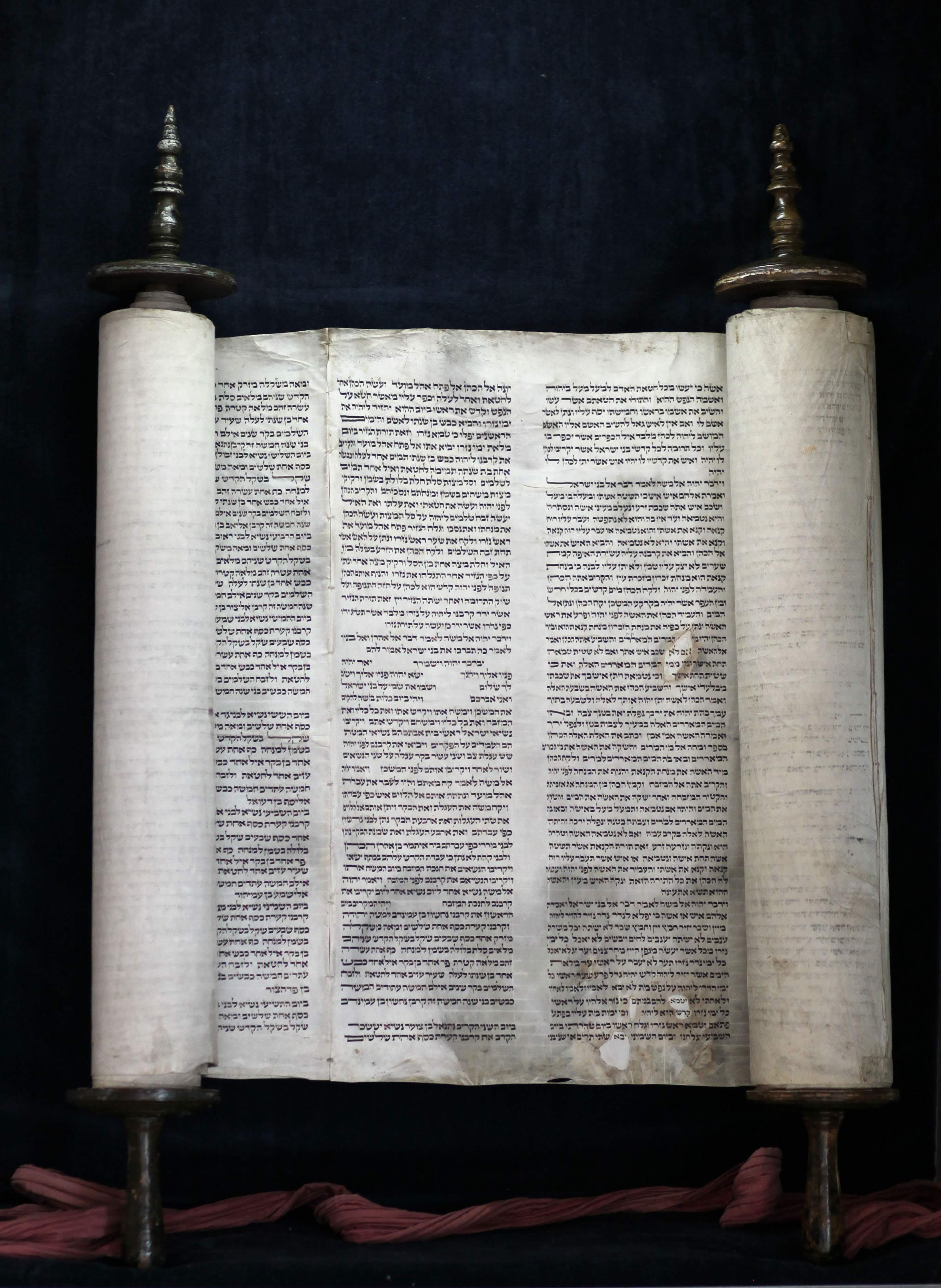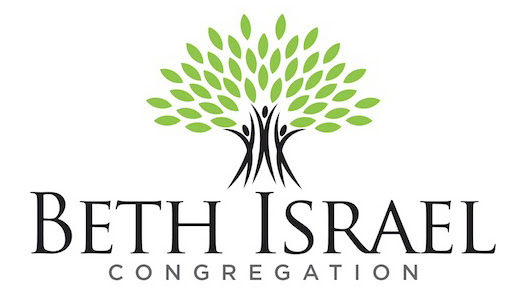Sefer Torah #552
This scroll that is on display in the synagogue is one of nearly 1,600 Czech Memorial Sifre Torah which constituted part of the treasures looted by the Nazis during the 1939-1945 war from the desolated Jewish communities of Bohemia, Moravia and Slovakia.

Living history
A Permanent Memorial
These scrolls had been cared for by the Czechoslovak government for many years and which were acquired with the good will of the Czechoslovak government by good friends from Artia (the state cultural agency) for Westminster Synagogue, where they arrived on February 7, 1964.
Some of the collection remains as Westminster Synagogue, a permanent memorial to the martyrs from whose synagogues they come; many of them are distributed throughout the world to be memorials everywhere to the Jewish tragedy, and to spread light as harbingers of future brotherhood on earth and all of them bear witness to the glory of the holy name.
That the scrolls survived at all is remarkable. As Jews were fleeing the country or being deported to concentration camps after the German occupation in 1939, the scrolls had been collected for safekeeping, along with ritual objects, books, and archives, from synagogues throughout the country – a mission undertaken on Jewish initiative (to rescue the imperiled objects) but with approval given by the Germans for reasons of their own (for eventual display of the fossilized remnants of a destroyed people). In 1963 an American art dealer came upon them in a dank storeroom in a Prague synagogue.
They were purchased with funds collected for the purpose and transferred in the following year to the Westminster Synagogue in London, where the Memorials Scrolls Trust was established to distribute them to congregations around the world.
The scroll that came to Beth Israel Congregation, written in the early 19th century, was taken from the town of Loštice (pronounced LOSH-tea-tseh ), about 140 miles east of Prague, in Moravia, the eastern region of what is now the Czech Republic. (Seventy miles further one reaches Pribor, the birthplace of Moravia’s best known Jewish native son, Sigmund Freud.)
The town now has a population of 3,100, none of them Jews, though Jews have a history in Loštice that is documented back to the sixteenth century. The Jewish population rose and fell over the centuries, attaining up to 438 by the mid-19th century, but by 1930, well before the German occupation, only 55 Jews were left in the town. The list of Jews deported from Loštice to Terezin and the death camps includes 56 names from 22 families.
Scrolls from Loštice are also held by Ohev Shalom Congregation in Wallingford, Pennsylvania and Congregation Hakafa in Glencoe, Illinois.
